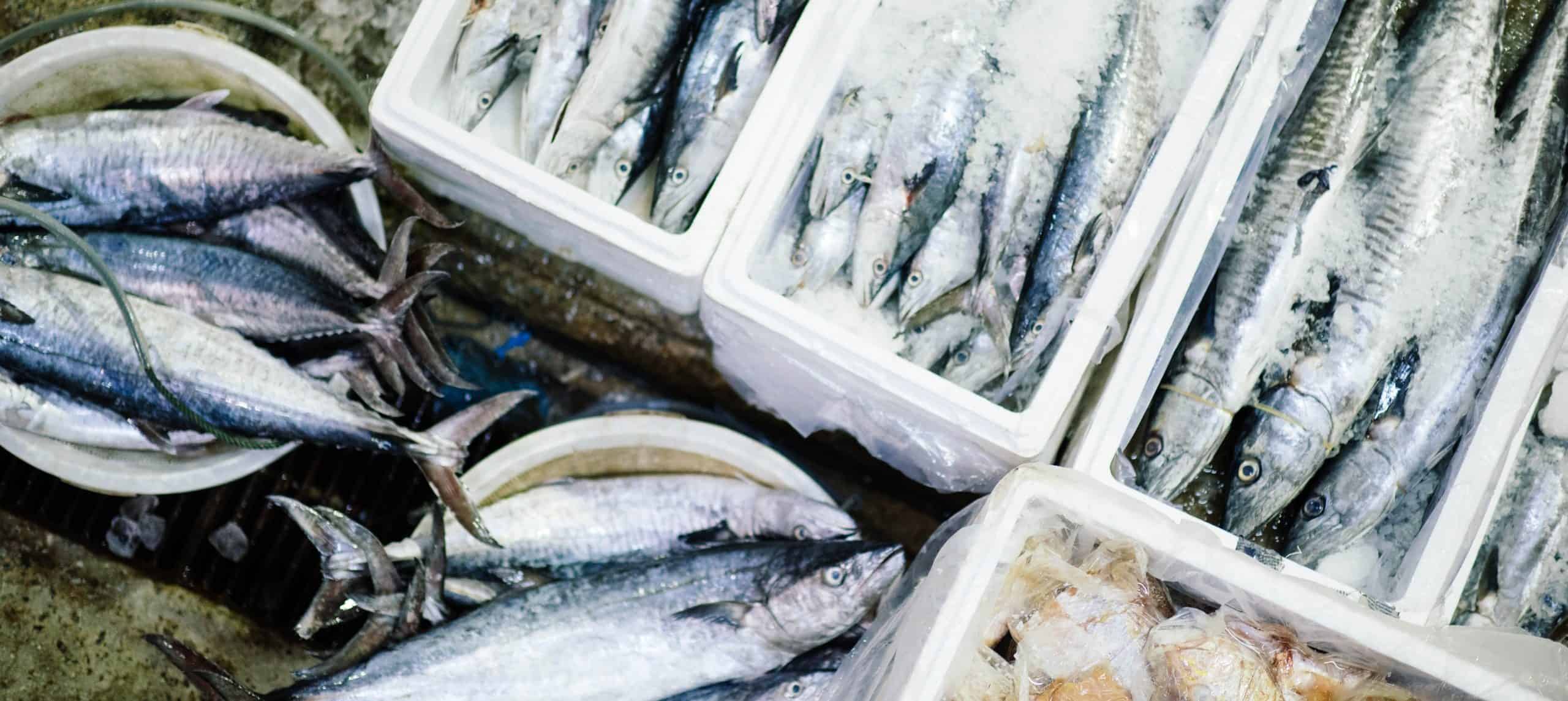Japanese Prime Minister Fumio Kishida on Monday promised his government’s full support for fishing communities during the decades-long process to release treated radioactive wastewater from the wrecked Fukushima nuclear plant into the sea.
Meeting with fisheries representatives, Kishida promised measures to protect the fishing industry’s reputation until the release ends.
Masanobu Sakamoto, head of the National Federation of Fisheries Cooperatives, reiterated his organisation’s opposition to the release. He said members of the fishing community have gained some confidence about the safety of the move, but that they still fear damage to their industry, and welcomed the government pledge for support.
“Scientific safety and the sense of safety are different,” Sakamoto said. “Even if it’s safe, reputational damage occurs.”
Kishida later told reporters that Sakamoto’s response signaled improved understanding and that key Cabinet ministers will meet Tuesday to set a date to start the release. Japan’s national broadcaster NHK said the government hopes it could begin as early as Thursday.
Sakamoto welcomed the government pledge for its long-term support for the fisheries and sought additional funding as needed. The government has offered funding totaling 80 billion yen (US$3.8 million) for sales promotion and other steps, and for sustainable fishing operations.
The easing of opposition from the fishing industry is key to the release because the government promised in 2015 not to start without “understanding” from fishing groups, after past accidental and unapproved discharges.
A massive 11 March 2011, earthquake and tsunami destroyed the Fukushima Daiichi plant’s cooling systems, causing three reactors to melt and contaminating their cooling water. The water is collected, filtered and stored in around 1,000 tanks, which will reach their capacity in early 2024.
Scientists generally agree the environmental impact of treated wastewater would be negligible, but some call for more attention to dozens of low-dose radionuclides that remain in it.
The government announced the release plan in April 2021 and has since faced strong opposition from Japanese fishing organisations, which worry about further damage to the reputation of their seafood as they struggle to recover from the 2011 earthquake, tsunami and nuclear disaster. Groups in South Korea and China have also raised concerns, turning it into a political and diplomatic issue.
The government and the plant operator say the water must be removed to make room for the plant’s decommissioning and to prevent accidental leaks from the tanks. They say all the treated water will be reprocessed until it meets legally releasable levels and then diluted, making it far safer than international standards.
The International Atomic Energy Agency, asked for cooperation from Japan to improve transparency and credibility, and in a final report in July concluded that the plan, if conducted as designed, will cause negligible impact on the environment and human health. The government has also stepped-up outreach efforts to explain the plan to neighboring countries, especially South Korea, to keep the issue from interfering with their relationship.
